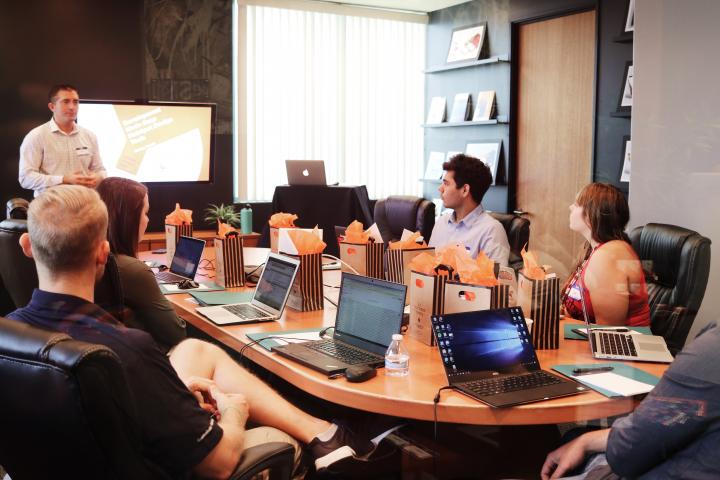Protecting health, safety and wellbeing in the workplace: AMP
Find out about AMP’s approach to protecting workers’ mental health and wellbeing.
- Financial and Insurance Services
- All locations
- AMP revitalised its mental health and wellbeing approach, catalysed by amendments to Work Health and Safety (WHS) regulations.
- AMP introduced 3 strategic pillars to identify and control psychological risks: Protection, Promotion and Support.
- The Protection pillar involves psychosocial risk management, psychosocial health and safety education and WHS management.
- AMP’s approach has positively impacted workers’ confidence and ability to speak up about psychosocial stressors.



